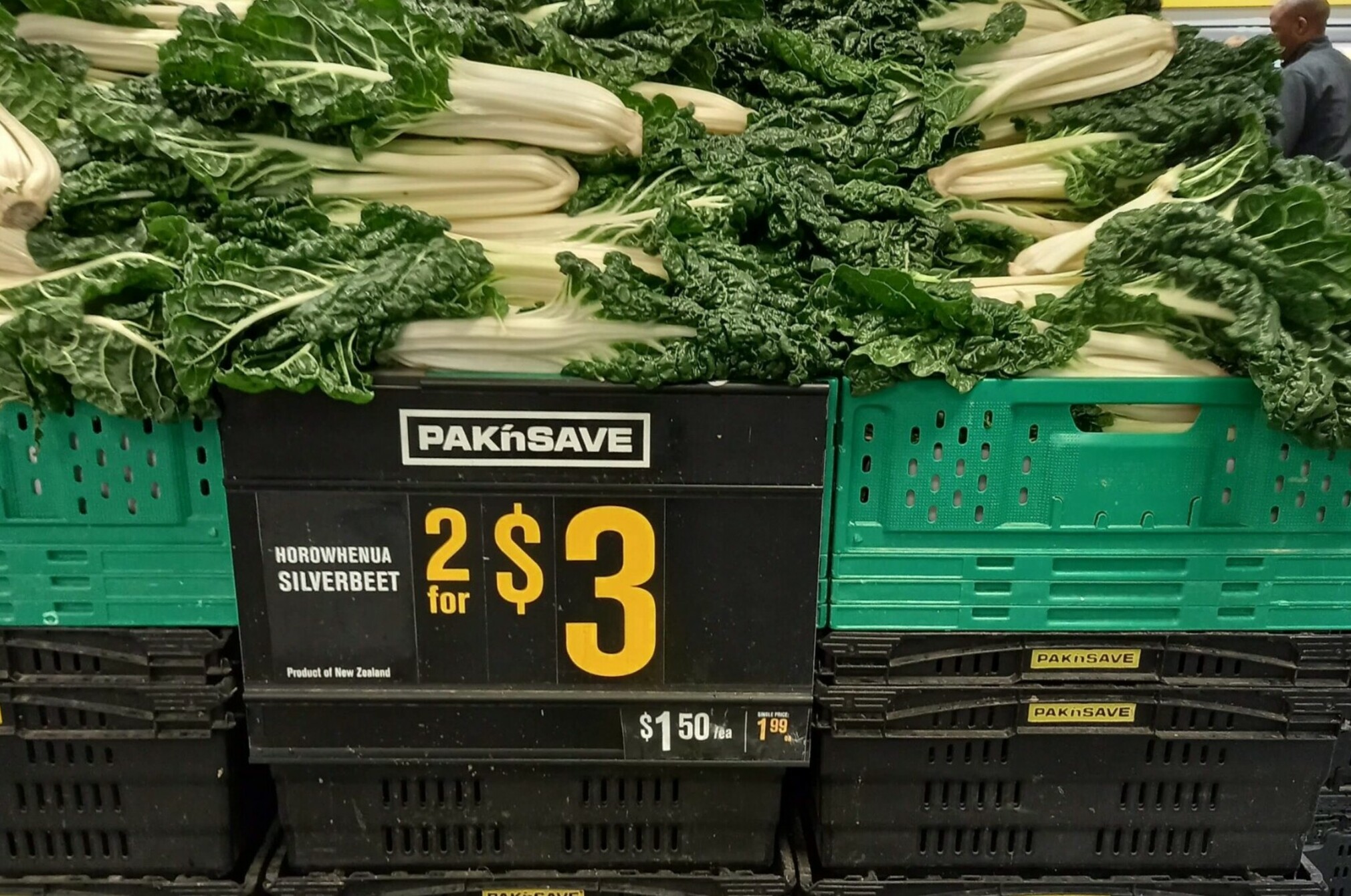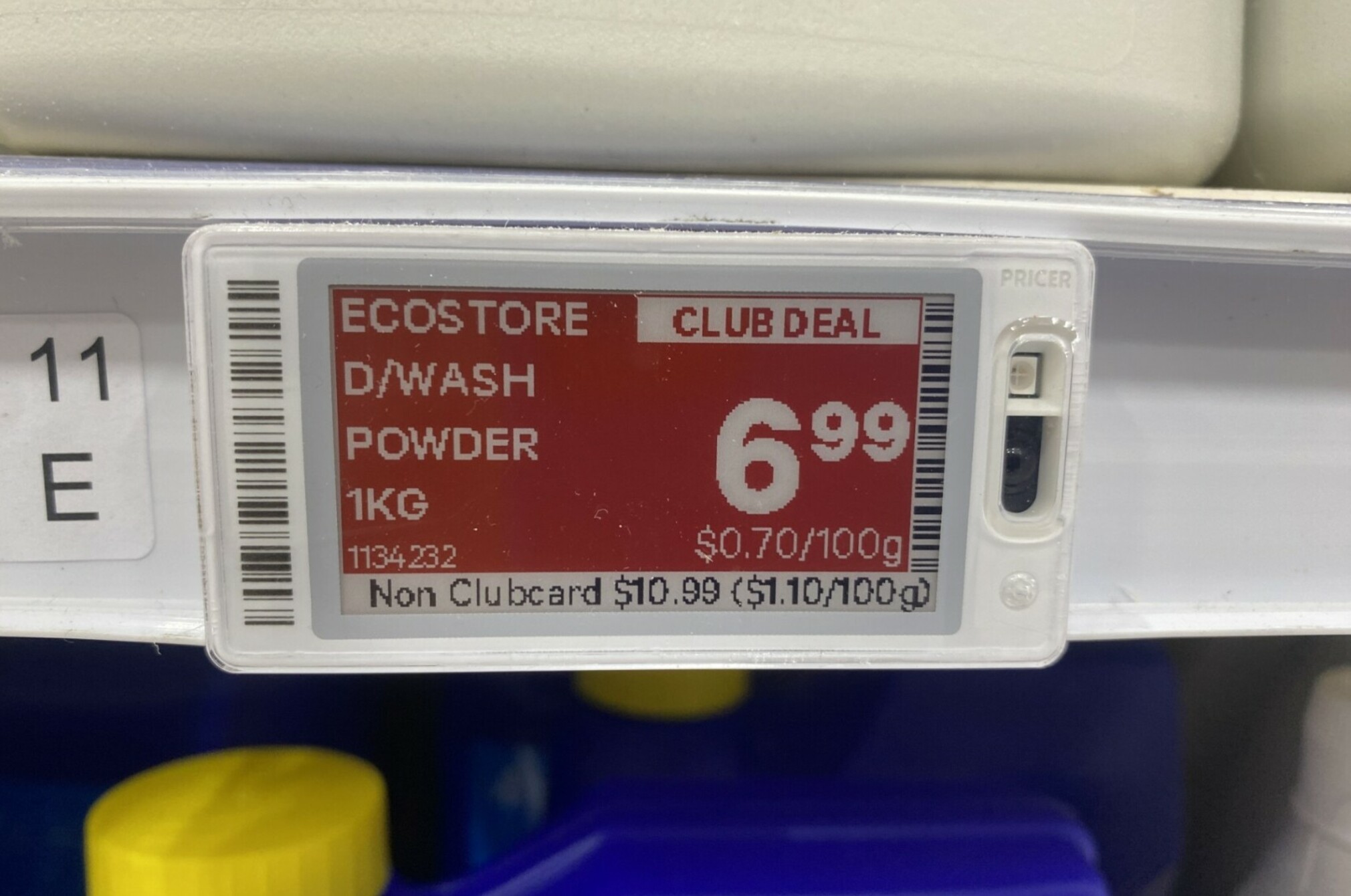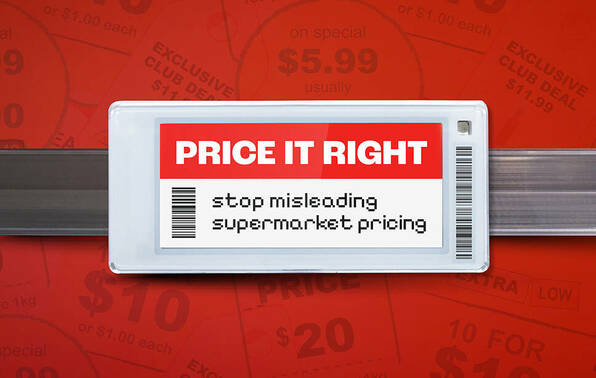Hey Foodstuffs – we shouldn’t have to take a magnifying glass to the supermarket
Two Consumer NZ members have come to us fed up with not being able to see how much they’re really paying at the supermarket because some of the price tags are too small.
Jenny Rutherford said the way her local Pak’nSave in Palmerston North shows the price on vegetable deals had caught her out before. In one photo she sent us, the supermarket is selling two bunches of silver beet for $3. Underneath, in smaller writing, it has the unit price for the deal – $1.50. The price you’ll pay if you just want one bunch of silver beet – $1.99 – is absolutely tiny in the right-hand corner.

“I feel this is very misleading and a little underhanded,” Jenny says.
“We are a household of two pensioners, so we only need one bunch of silver beet, and I got caught out as I did not see the small single price figure. It was only at the check-out that I queried the price of $1.99 and not $1.50.”
Hera Cook lives in Wellington and is also frustrated that it’s so difficult to see what she’ll have to pay for products at New World supermarket. Hera doesn’t have a New World Clubcard. When she wants to buy a product that has a ‘Club Deal’ on its price tag, she has to search for the very small price right at the bottom of the tag – if she remembers that the red tags don’t apply to her.

“The actual price paid by non-members is impossible to see without squinting, or I have to bend down or stand on tiptoes to see. On several occasions, I have got to the check-out and discovered that, for example, dishwasher powder was $4 more than I expected because I hadn’t seen the actual price,” Hera says.
“The price signs are a different colour, but I don’t remember this from visit to visit. I don’t think I should have to remember the colour New World uses for their different marketing tools.”
Hera doesn’t like the idea of joining New World’s Clubcard loyalty programme and having her shopping data used. But she doesn’t think she and her 91-year-old mum should have to spend so long working out what each item costs at the supermarket.
“Mum spends hours at the supermarket peering at the labels and trying to work out what the price actually is.”
We brought Jenny and Hera’s frustrations to the attention of Foodstuffs.
“We understand some customers may find it difficult to read smaller print, and we appreciate the feedback,” a spokesperson said.
The spokesperson said electronic shelf labels (ESLs) were regularly reviewed to ensure they were clear and easy to read for customers.
“Under the unit pricing regulations in New Zealand, supermarkets are required to display a lot more information than was previously shown, in a limited amount of space. Where possible, we ensure the format and size of our ESLs are as large and clear as possible for our customers.
“We'll be reviewing the examples supplied and considering whether further adjustments are needed to improve accessibility – particularly when a promotion only applies to Clubcard members or when there's both an individual and multibuy price displayed on the same ticket.
“Ultimately, our goal is to help customers easily understand what they’re paying, and we’ll continue to evolve our signage with that in mind.”
Foodstuffs encouraged customers to ask a staff member for help if they were unsure of a price.
Consumer will be keeping an eye on both supermarkets’ price tags, and we hope to see changes soon.

Make supermarkets price it right
Supermarket pricing errors are widespread and another blow to people’s budgets. Find out about our campaign to tell the government we need clear rules, stronger penalties and automatic compensation for shoppers when supermarkets get it wrong.

Member comments
Get access to comment